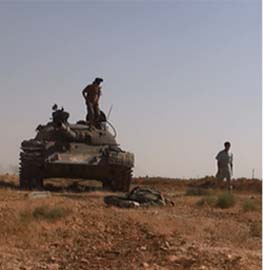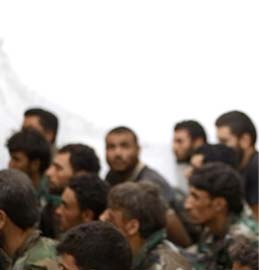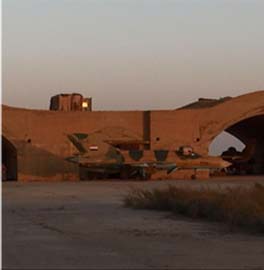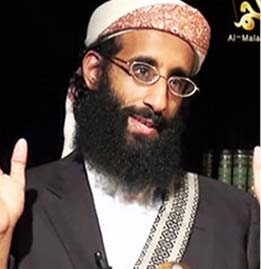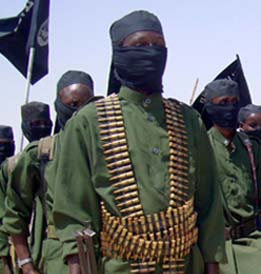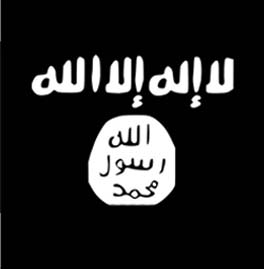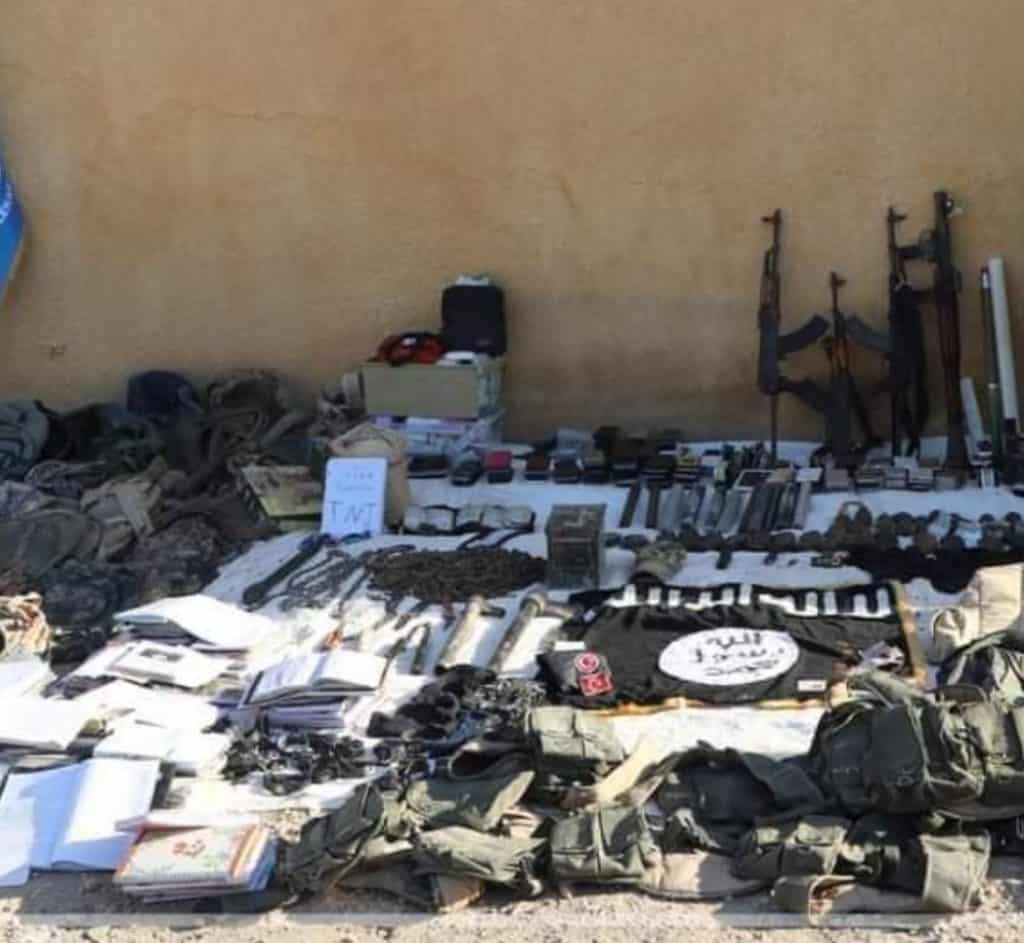
The US is urging countries to repatriate their nationals who reside in displaced-persons camps in eastern Syria. The potential change comes at a critical juncture in Syria after the fall of the Bashar al Assad regime and the creation of a new government. The shift also occurs amid the new Trump administration weighing US funding priorities abroad and continuing security concerns in Syria.
Thousands of former Islamic State (IS) members and their families have lived at displaced persons camps in eastern Syria since 2019, when the group was largely defeated. As recently as November, an IS operative infiltrated Al Hol camp and enabled fellow fighters to escape, a February 6 report to the UN Security Council noted.
“Since the territorial defeat of ISIS, US assistance has played a vital role in managing and securing Al-Hol and Roj displaced persons camps in northeast Syria, and, critically, Syrian Democratic Forces-managed facilities detaining thousands of ISIS fighters, but this assistance cannot last forever,” acting US Ambassador to the United Nations Dorothy Shea said at a UN Security Council Briefing on the Political and Humanitarian Situations in Syria on February 12. Shea added that the US has “shouldered too much of this burden” over the years, and the camps would be weaned off of US funding. She stressed that countries would need to “expeditiously repatriate” their citizens who reside in the camps.
The camps and detention facilities in eastern Syria are secured by the US-backed Syrian Democratic Forces (SDF) and have housed people from up to 60 countries. The presence of so many Islamic State-linked individuals, many from countries other than Syria, has presented a challenge to Syria and the international community for years. Major General Matthew McFarlane, the former commander of Combined Joint Task Force-Operation Inherent Resolve, warned about the challenge of maintaining the prisons and camps in February 2023.
Al Hol is the largest camp; by 2021, it was estimated to hold 56,000 people, of whom 80 percent were women and children. Overall, the camp’s population is young, reflecting the fact that families of IS members brought many children with them into the facility in 2019. Inside the camp, IS members have been involved in dozens of violent security incidents. In 2022, Islamic State fighters attempted to free fellow members from the Al Sina prison near Ghwayran in eastern Syria. The prisons and the camps have also continued to radicalize a new generation of jihadists.
According to recent reports, the number of people in Al Hol has reduced to around 37,000. The Autonomous Administration of North and East Syria (AANES), the civil authority linked to the SDF in eastern Syria, estimates that at least 12,000 families live in Al Hol.
Since the Trump administration came into office, the issue of displaced individuals and detainees in Syria has gained more attention as the White House seeks to reduce US foreign aid commitments. The population of the camps has decreased slightly in recent weeks. Iraq said it has taken back 12,000 of its citizens since 2021 and repatriated more families this month, according to several reports. A report at The New Arab notes that 148 people left the Roj camp for Iraq. A separate report in China’s Xinhua News Agency stated that 569 people had left Al Hol for Iraq. Nevertheless, around 16,000 Iraqis still live in Al Hol, according to a February 13 report from Al Arabiya.
AANES has been seeking to facilitate voluntary repatriation, Ahmed Sheikhmous, AANES’s co-chair of the Office of Displaced Persons and Refugees Affairs in the Social Affairs and Labor Authority, told The New Arab. “There were return flights from Al Areesha camp while families left Al Mahmoudli camp. In the coming days, families from Al Hol camp will leave for their areas, under the protection of the Internal Security Forces.”
Individuals involved with the camps warned in a recent interview with Daraj media that funding cuts for the security of the camps and non-governmental organizations that work in them could lead to increased threats from extremists. The same report said the “vast majority of these programs rely on US funding.” Sheikhmous told Al Arabiya that ISIS continues to recruit in the camps.
A February 6 report by the United Nations Analytical Support and Sanctions Monitoring Team noted that the Islamic State is believed to still have up to 3,000 fighters in Syria and Iraq, with around 300 men operating in the Syrian Desert region.

